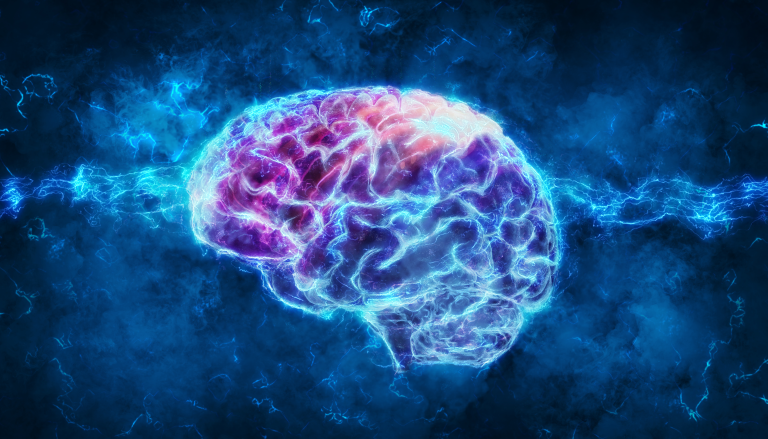Transcranial Direct Current Stimulation (tDCS) is a non-invasive method of brain stimulation. It promotes or inhibits activities in specific parts of the brain. tDCS is an experimental treatment that has been shown to result in changes in motor, cognitive and behavioural activities. It may be a valuable tool for the treatment of neurological disorders including cerebellar ataxia.
How it works
Neurons communicate with each other is through an electrical event called the action potential. The cell membrane of neurons can create differences in the concentration of charged molecules, called ions, inside and outside the cell. This separation of ions creates a voltage called the membrane potential. When a signal needs to be transduced to other neurons, a series of voltage changes in the membrane potential called the action potential occurs. The action potential propagates along the arms of the neuron, like sending a message through the cell. Once the message reaches the end of the arm where it meets up with other neurons, the initial neuron releases its neurotransmitters that deliver the message to the next neuron. And thus, the cycle continues!
tDCS works by stimulating the neurons with a weak electrical current, through electrodes placed on the scalp of the patient. These electrodes can slightly increase or decrease the resting membrane potential. This process can make it easier or harder for an action potential to occur. This either promotes or inhibits activities in specific brain regions.

Application in ataxia
Due to the ability of tDCS to reversibly modulate brain activity, clinical trials have been conducted in many neurological and psychiatric disorders. Notably, a randomized, double-blind trial in 61 patients with multiple subtypes of ataxia came to completion in March 2021. After treatment with tDCS, a significant improvement in both the motor and cognitive symptoms of ataxia was observed. Patients also self-reported improvement in quality of life. The clinical assessment for motor functions was done through the scale for the assessment and rating of ataxia and the international cooperative ataxia rating scale. Assessment for cognitive functions was done through the cerebellar cognitive affective syndrome scale.
The study found that patients who went through two repeated treatment sessions with ten weeks in between had significantly better improvement when compared to patients who went through only one session of treatment. Also, the improvements persisted on average 3 to 6 months post-treatment. This means that the benefits of tDCS might last longer than previously thought.
Risks and benefits
TDCS is considered non-invasive and since its initial application in 1998, no serious or ongoing side effects have been reported. Studies have also shown that the electrical current will not interfere with vital functions of the heart and the brain stem. However, tDCS is still in its infancy. More research needs to be conducted to improve our understanding of potential risks and benefits. Temporary side effects including a mild burning/itching sensation at the stimulation sites, headache, and moderate fatigue were reported in around 17% of the patients. On the flip side, the technique uses equipment that is available on the market for other medical purposes. This makes the procedure relatively inexpensive, easily administered, and using easily replaceable equipment. TDCS could also be used in combination with other treatment methods. However, more research on combination treatments needs to be conducted to test safety and effectiveness.
If you would like to learn more about Transcranial Direct Current Stimulation, take a look at these resources by Johns Hopkins Medicine and Neuromodec.
Snapshot written by Christina (Yi) Peng and edited by Dr. David Bushart.









